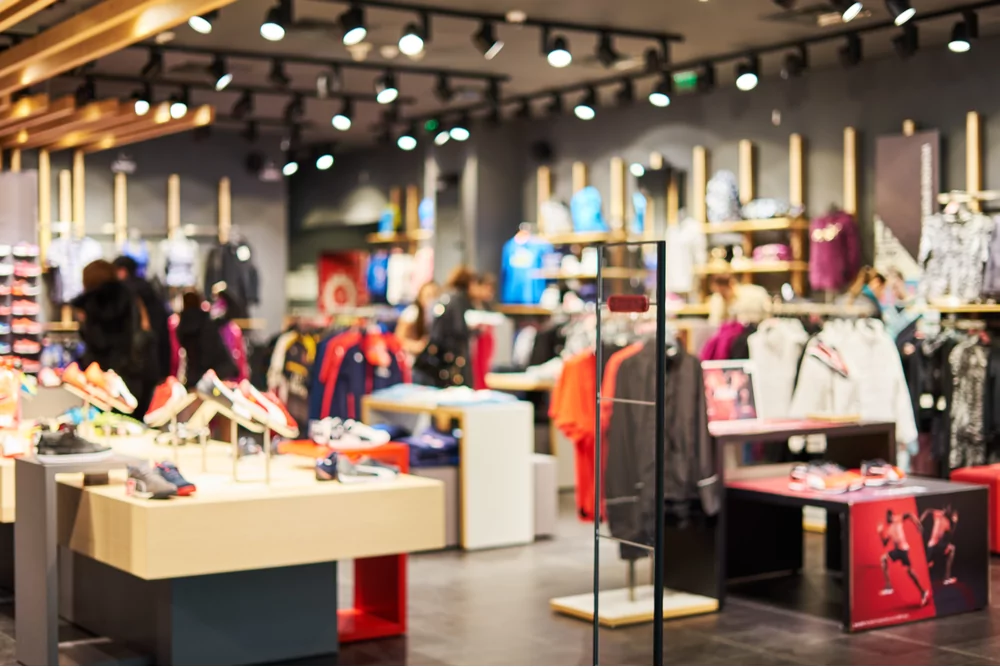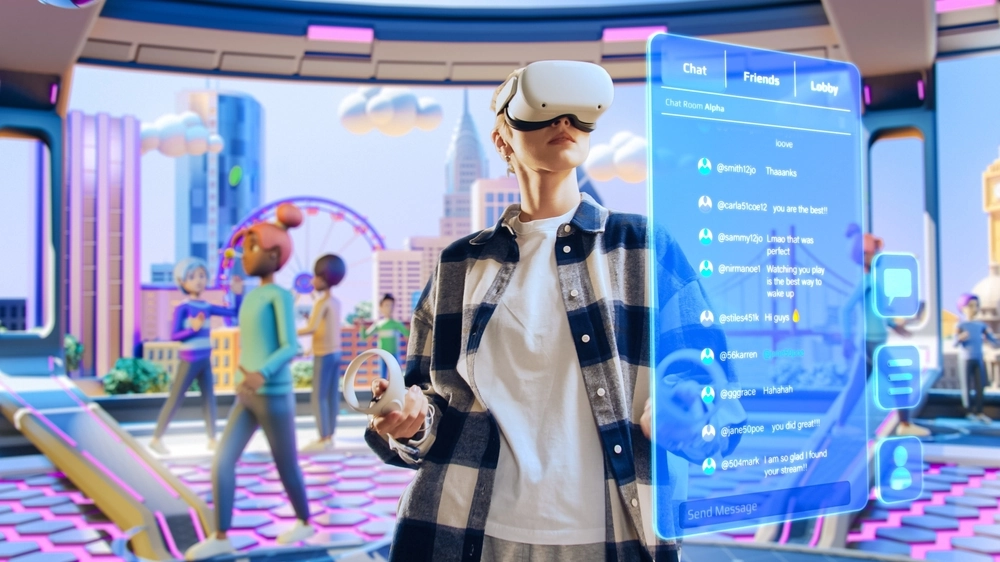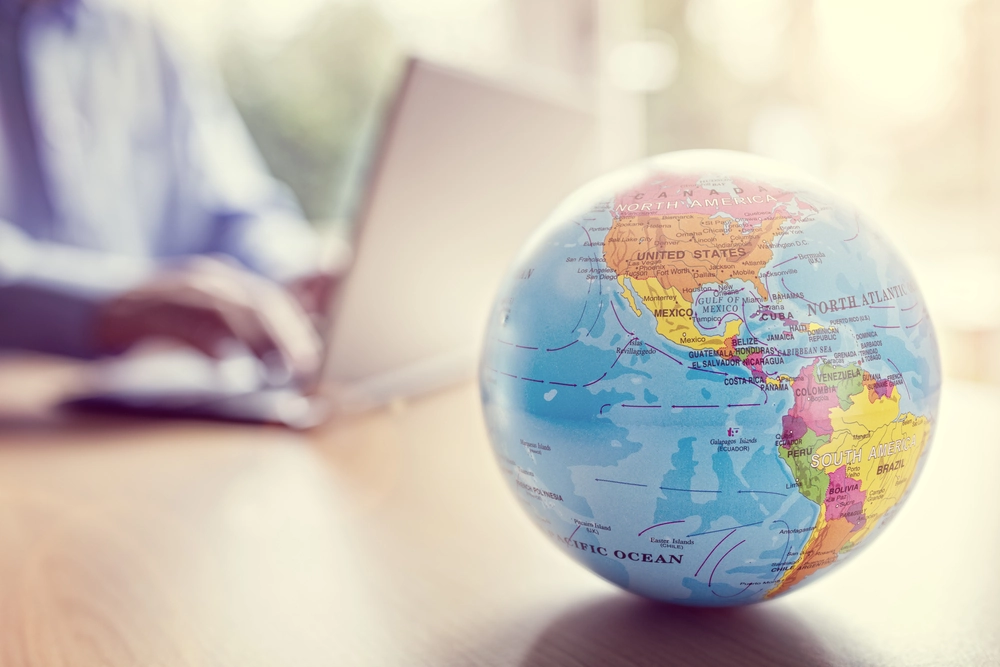
Retail Reduced – February 2024

By Nathan Peacey, Melissa Story, Hannah McIntosh
28 Feb 2024 | 1 minute read
In this month's review of trends in the Retail and Consumer sector we look at:
- The Red Sea crisis
- How to overcome overconsumption?
- Apple's Vision Pro - a vision into the future of shopping?
Trends in the Retail sector in February 2024
Global supply chains are facing severe disruption as the world’s biggest shipping companies divert journeys away from the Red Sea. Attacks by Houthi rebels in Yemen on commercial vessels since November 2023 has resulted in retailers avoiding one of the world’s busiest shipping lanes, which has significantly delayed stock deliveries. Approximately 17,000 ships go through the Suez Canal each year, meaning 12% of annual global trade passes through the Red Sea, but many vessels have now chosen to reroute around South Africa’s Cape of Good Hope, adding thousands of miles and an additional 10 to 14 days to journeys.
This disruption has not only impacted the flow of goods across continents but increased container spot rates and insurance costs. Retailers that source from Asia have been hit especially hard, with Poundland, Next and Currys amongst those who have identified issues. Poundland owner Pepco Group flagged that the Red Sea situation is leading to “elevated spot freight rates and delays to container lead times”. Most freight costs are contracted until the end of June, but Pepco explained that it is facing “additional surcharges from carriers in relation to the longer shipping routes being taken”.
The British Chambers of Commerce’s latest ‘Business Outlook Survey’, which included 1,087 businesses, has revealed the impacts on UK businesses:
- More than half (55%) of UK exporters say they have been impacted by disruption to shipping in the Red Sea.
- Over half (53%) of manufacturers and business-to-consumer service firms also say they have been affected.
- The main impacts cited by businesses are increased costs and delays, with some reporting rises of 300% for container hire, and logistical delays, adding up to three to four weeks to delivery times.
As expected, businesses have said that the above has had a knock-on effect on cashflow and component shortages on production lines. Britons may also face shortages of the nation’s favourite drink, tea, as The British Retail Consortium has seen “temporary disruption” on some lines.
To combat the ongoing issues in the Red Sea, along with rerouting vessels, retailers are increasing nearshoring to avoid inflated costs and longer-lead times. Fashion giants Boohoo and Asos have ramped up sourcing products from countries such as Morocco and Turkey, in addition to sourcing domestically in the UK. Phil Bulman, partner at management consultant Arthur D. Little, believes that nearshoring will become an increasing approach, rather than just a short-term fix. He says “in the longer term, companies that have been reliant on those shipping routes and reliant on shipping of products coming from further afield will consider nearshoring. Of course, in some industries it won’t be possible but for some it absolutely will”.
The attacks on cargo ships may also risk forcing the Bank of England to raise interest rates, Catherine Mann, a leading policymaker, has warned. Mann has said that the inflated shipping and insurance costs could reignite the cost-of-living crisis and force the Bank of England to act. She said, “I worry that such an upward inflation shock coming on the heels of the recent high inflation environment will be more swiftly incorporated into firms’ costs and prices, exacerbating upside momentum”.
In December the US, joined by countries including the UK, Canada, and Norway, launched an international naval operation to try and protect ships on the Red Sea route. On 19 February 2024, the European Union launched a naval mission to offer additional protection, with the European Commission President Ursula von der Leyen stating “Europe will ensure freedom of navigation in the Red Sea, working alongside our international partners”. Nonetheless, with issues still ongoing and many shipping companies reluctant to continue using the route, it seems likely that retailers will need to be prepared for a continued period of disruption.
We live in a hyper-consumerist era, particularly in relation to fashion. Globally, fashion production comprises 10% of total global carbon emissions whilst 92 million tons of clothing end up in landfill each year. Meanwhile, only 20% of textiles are collected for reuse and recycling and 88% of fashion brands in 2023 did not disclose their annual production volumes which suggests an even higher volume of waste.
The fashion industry increasingly promotes the mantra of ‘Reuse & Recycle’ to mitigate their role in the climate crisis. However, Kristine Harper, author, design lecturer and advocate for sustainability, explains that “focusing on reusing and recycling can be dangerous, as it tends to create the mentality that overproduction and overconsumption is justifiable, because there are systems to take care of our excess things when we no longer want or need them. However, the existing systems cannot cope with the overload of goods being produced and discarded.”
From a consumer point of view, there is a growing backlash towards overconsumption. A 2021 survey from ThredUp revealed that 74% of shoppers are aware their consumption habits significantly impact the planet and 50% believe fast fashion causes harm to the environment. Social media is increasingly host to ‘deinfluencers’ who try and discourage impulsive shopping behaviours and ‘slow fashion’ is gaining traction particularly amongst younger generations who are trying to re-prioritise quality and durability over quantity. Subsequently, in the UK there are now over 4,000 stores specialising in selling second-hand goods.
This is a particularly significant movement considering, as JB MacKinnon, author of ‘The Day the World Stops Shopping, puts it; “Shopping has been cast as a positive act, retail therapy a civic duty.” Particularly since the Covid-19 Pandemic, “All the narratives are building around a new Roaring 20s, a hedonistic binge, taking revenge on the virus with our consumption.”
How do retailers respond to this growing movement when their primary business model is making a profit from the sale of new consumer goods?
Sometimes sustainable practices and business clash. But below are some of the ways businesses have discouraged overconsumption without compromising sales:
- Trade-ins
Patagonia’s ‘Worn Wear’ initiative allows customers to trade in and buy used Patagonia products as the company buys back their sold products.
- Made to order strategy
Goose & Gander are a made to order brand, meaning they delay the decorating process until the order is placed, preventing no clothing goes to waste. Items that are returned or faulty are sold at a discount in ‘Mystery Boxes’.
- In-store repairs
Levi’s launched their ‘Buy Better, Wear Longer’ campaign in 2021 and 2022 to lengthen the lifespan of their products and selected stores offer retailing and repair services.
- Re-sale and peer-to-peer returns
Only 20% of returns are reported to be defective. For many, the issue is sizing or fit related or may include the customer buying multiple items with the intention of only keeping one or two pieces (known as ‘bracketing’). These practises incur high costs for retailers. One solution proposed by technology companies to alleviate these costs is by creating platforms (or utilising pre-existing third-party resale marketplaces in collaborations) to facilitate one-click exchanges.
- Customer education
Some business-models aim to educate customers on the impact of returns; enabling them to justify why their returns are not a free service. However, this transparency aims to avoid negatively impacting customer experience.
These initiatives do not alone eliminate the problem and would not be appropriate for every business model, but they show a conscious effort from retailers to transform the fashion industry into one that is more circular and aware of its environmental impact. To remain profitable while discouraging overconsumption, companies will need to make significant changes and this will deter some. However, if customers increasingly fight the idea of ‘material wealth’ and demand sustainability, companies will need to listen.
Apple’s Vision Pro, a mixed-reality headset, has been made available for purchase in the United States, much to the awe, amusement, and apprehension of society. A video of a person using the headset on public transportation has evoked a range of responses from those remarking on how we are truly ‘living in the future’ to others praising the trust of the individual to ride the New York subway whilst wearing a $3,499 piece of technology…
The Apple Vision Pro is expected to be the biggest mainstream market test for mixed-reality headsets to date, with over 600 new apps created to allow users to experience shopping in a new, immersive way. Retailers involved include high-street brands such as E.l.f, Decathlon and luxury fashion company Mytheresa which invites shoppers to view their available products on a beach in Capri with the surround sound of the sea and seagulls, or with a backdrop of the Eiffel Tower at night. Alternatively, users can retreat into the safety of shopping with a less immersive, transparent background, permitting individuals to be aware of their surroundings. This is an important feature which Apple is keen to distinguish – it is not a virtual reality headset – but as the tech giant calls it a ‘Spatial Computer’.
The CEO of the virtual store creator company ‘Obsess’, Neha Singh, has hailed the Vision Pro as the crux of the shopping revolution; “this is the moment we have all been waiting for. The quality and interaction you are able to get is unprecedented in terms of resolution and how you can see products realistically in larger-than-life scale and be completely immersed in a brand environment. It’s definitely the closest, or the next best thing, to seeing a product in person in a store.”
Brands may need to begin considering how they plan to translate their in-store shopping experience, and more, into spatial computing and how this new retail channel can enhance customer experience and attract new customers.
For example, J.Crew’s virtual closet experience depicts photorealistic versions of a curated selection of products which shoppers can examine at high magnification and model on a personalised mannequin. This looks to improve on the existing online experience of viewing photos of modelled products, often shown on a single model who may not reflect the demographic or body-type of the customer.
Not only can mixed-reality make shopping more personalised but it can also be more emotive. E.l.f’s mixed-reality app allows customers to enter three customised environments, Camo Cove, Big Mood and Halo Glow (themed after E.l.f. holy grail products available for sale), where they offer games and activities and guided meditation tutorials. Meanwhile, Decathlon’s app as a step in the direction of the retailer’s ambition to encourage sports participation and outdoor activity through interactive customer experiences. Transportive and interactive experiences can be inspiring and eye-opening for users, thus cultivating a deeper connection between customer and brand. This is particularly relevant with Harris Group recently reporting that more than three in four millennials prefer spending more money on experiences than material things.
Whilst the adoption of mixed-reality headsets will not occur overnight, the Apple Vision Pro, alongside similar technologies from Meta and Amazon, could define a new era of retail. The possibilities are endless, with combinations of virtual reality and augmented reality capable of creating experiences unique to the customer’s imagination, and allowing businesses to grow in exciting new directions.














